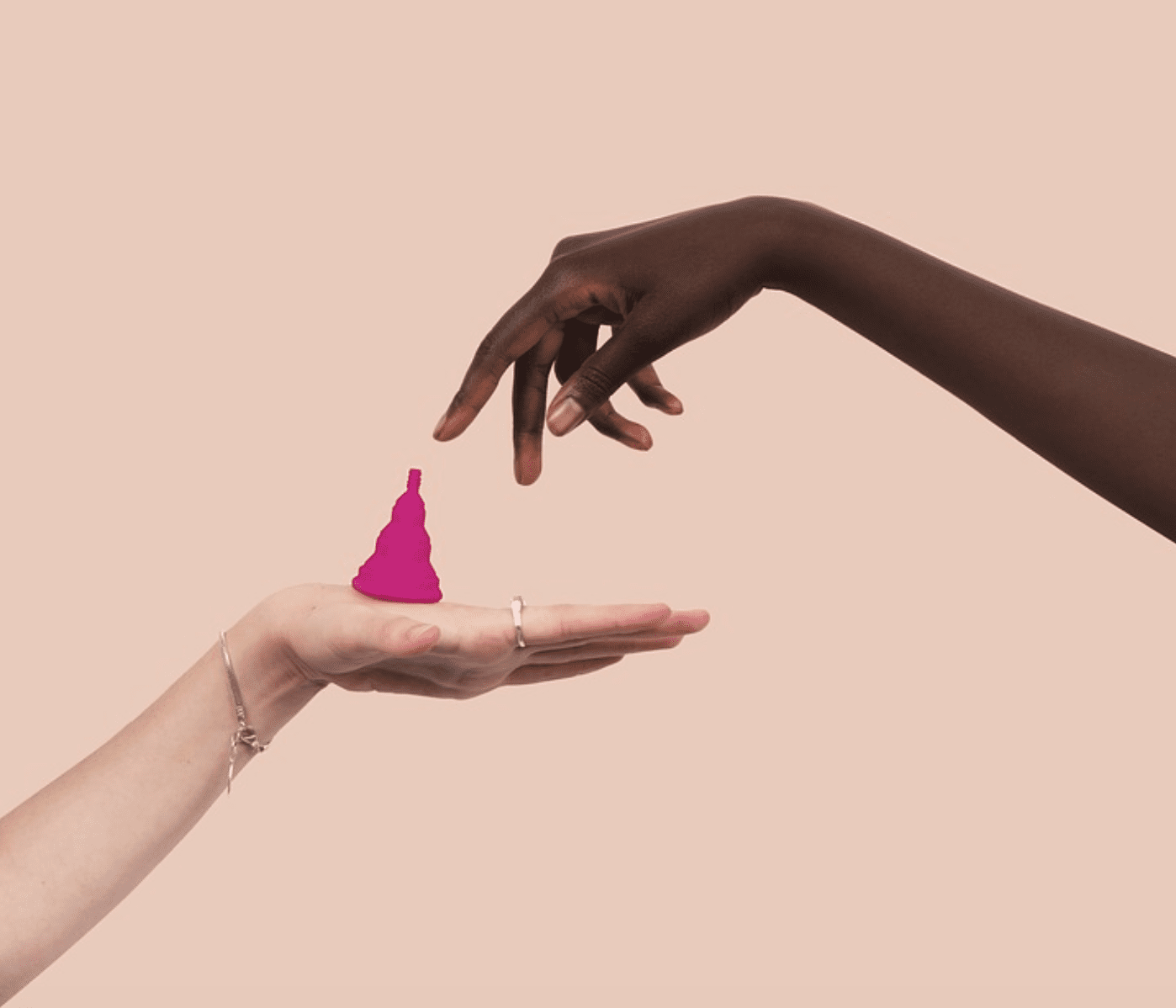Did you know that menstrual cups have been around since the 1930s?
Menstrual cups are regarded as a sustainable alternative to other menstrual hygiene products such as tampons and sanitary pads, which women have been using for many years. In today’s time, women are getting active towards a specific goal—efficiency and sustainability.
With this said, menstrual cups are heralded as the best menstrual hygiene product that a woman can use due to its advantages. However, like any other product, some women are skeptical about menstrual cups and how safe they are.
In this case, few studies compared menstrual cups with other menstrual hygiene products in terms of safe use and its effectiveness. If you want to know more than the surface knowledge of menstrual cups, take a read.
The Alternative Product
The menstrual cup, or also widely entitled as the alternative product, is a bell-shaped cup that collects menstrual blood flow rather than absorbing it. It is considered as a reusable item that can be used for up to 10 years due to its material being medical-grade silicone, rubber, or latex.
Now, did you know that menstrual cups have been around since the 1930s? However, it is just in this era that it gained its fame in the women’s market. Also, there’s a study showing that menstrual cup usage now involves more than 3,300 persons from all types of social classes.
Menstrual Cup vs. Others: Increased Risk Infections
A study has been conducted across North America, Africa, and Europe in which it was investigated whether usage of menstrual cups has increased risk of infections, just like how other menstrual hygiene products do.

In the said study, it was found that there was no increased risk of infection in the reproductive tract like a yeast infection, which is common to women who use pads and tampons. However, this does not mean to say that it is now safe from the other bacterial infections such as the TSS or Toxic Shock Syndrome.
TSS occurs when Staphylococcus aureus generates in a woman’s vaginal tract, which then produces harmful toxins resulting in health decline, or worse, death. However, one should not be worried about this disease since the rate of TSS among women that are menstruating is about 1 in 100,000 as per Live Science.
What are other Potential Risks?
Another potential risk of using a menstrual cup other than toxic shock syndrome and bacterial infections is an irritation. Irritation may happen for various reasons, but you really don’t have to worry over this one since it is preventable.
For instance, if you insert your cup without proper lubrication, then it might cause discomfort on your part. This is why, in many cases, women need to lubricate their small daisy cup menstrual cups (if that’s the size you prefer) to prevent irritation from happening. What we suggest you do is to look for the product’s packaging instructions for further clarifications.
Additionally, irritation can also happen your menstrual cup is not the right size for you. Imagine wearing shoes that do not fit you well, either it is too small or too big of a size, both ways still makes you uncomfortable, right? Thus, you need to know what menstrual cup size fits you best.
How Does One Avoid the Said Risks?
First things first, we already discussed irritation and the things that you can help prevent its occurrence. Now, let us move on to bacterial infection, particularly with toxic shock syndrome, or TSS for short.
Remember that TSS is due to bacterial infection. Thus you need to be aware or careful about your menstrual cup’s hygiene. Although the risk in a menstrual cup is lesser than the other menstrual hygiene products, it does not zero the chances of having it. So, make sure you practice healthy hygiene during your menstruation and be responsible enough to clean the cup thoroughly.
Dos and Don’ts when Cleaning the Cup
When you clean your cup, make sure you wash your hands thoroughly first before removing the cup from your vagina.
Now, on to cleaning the cup. First off, you need to read the instructions that come with the packaging before doing anything with your menstrual cup. Next is cleaning the cup according to the manufacturer. With this said, it is usually washed with warm water together with a mild, fragrance-free, and oil-free soap.
Note that you should not clean your menstrual cup with anything that has chemicals. Thus, it is strongly suggested that you don’t use regular soaps with fragrances with your cup.
Lastly, a lot a pouch where you can store your menstrual cup after your cycle. With this, you can ensure that your cup can “breathe.” It also means to say that you should not put it in an air-tight container or any of the like.
Takeaway
All of the discussed matters here is for your benefits. Now, it is entirely up to you what you will do in regards to using menstrual cups as your feminine hygiene product during your monthly cycle.


Join the conversation!